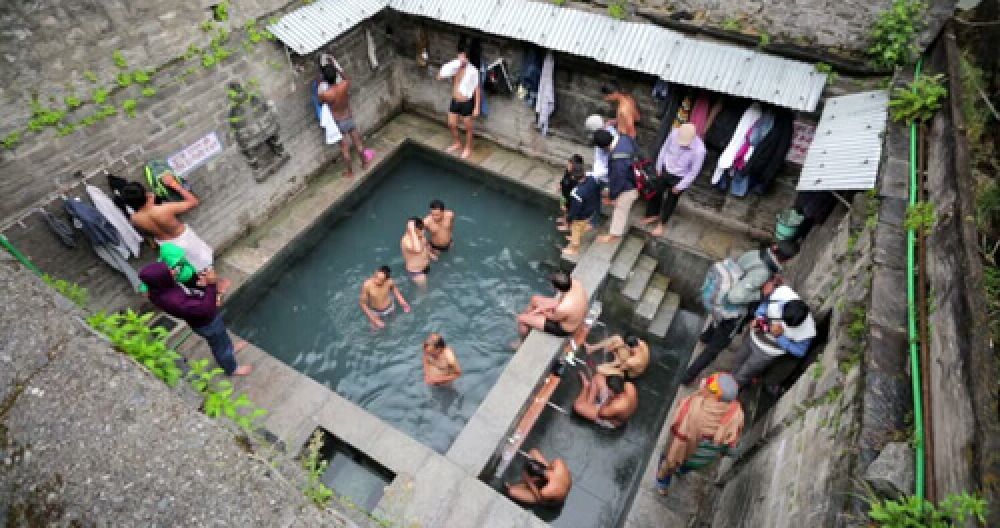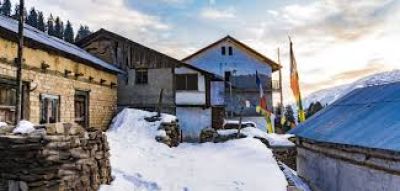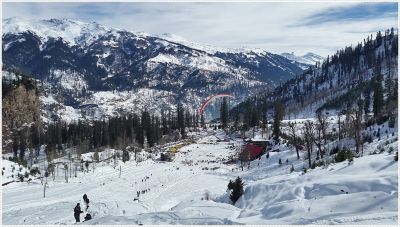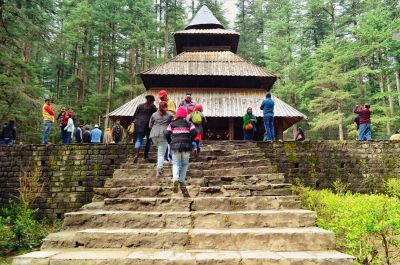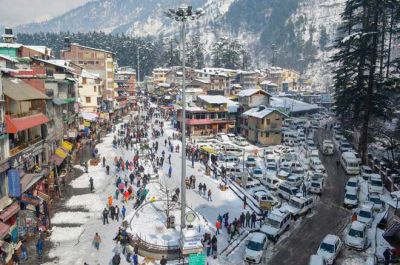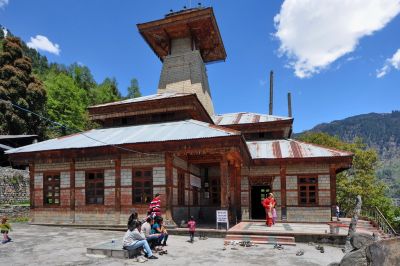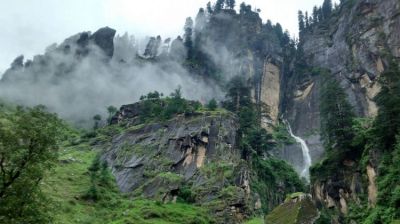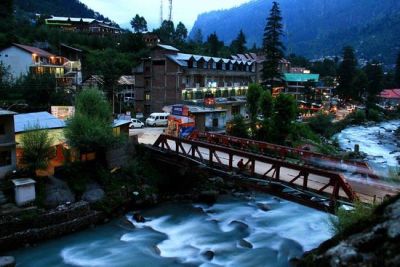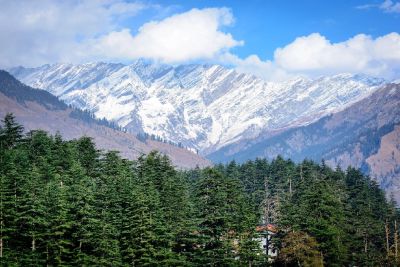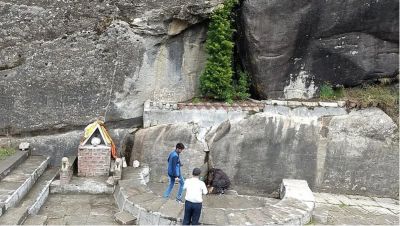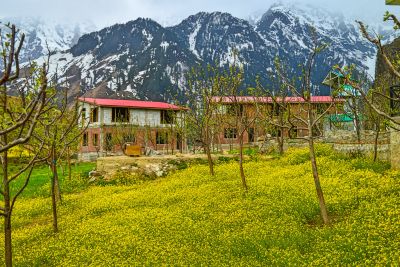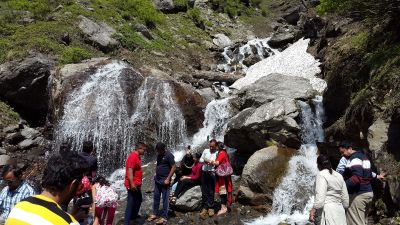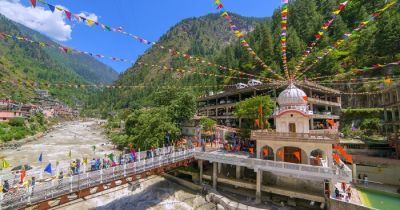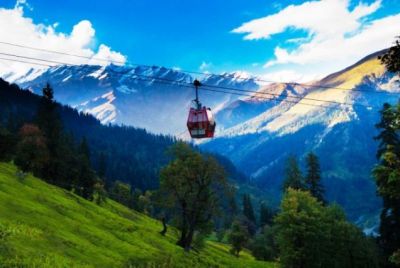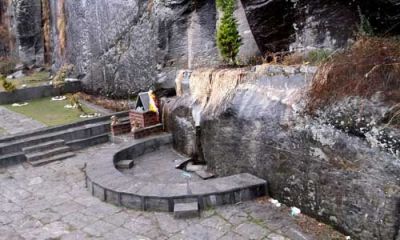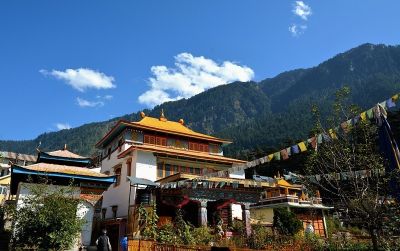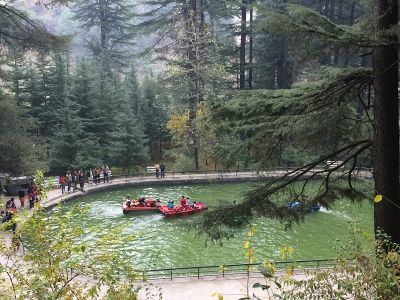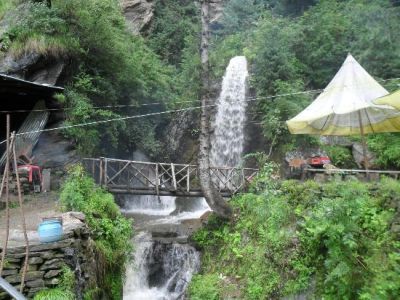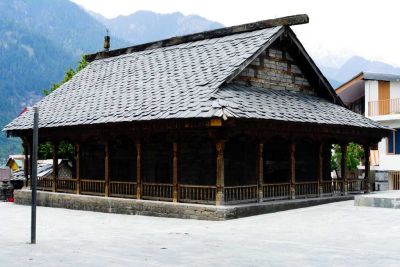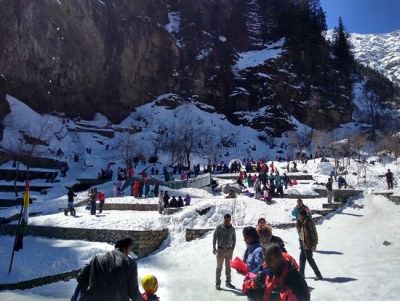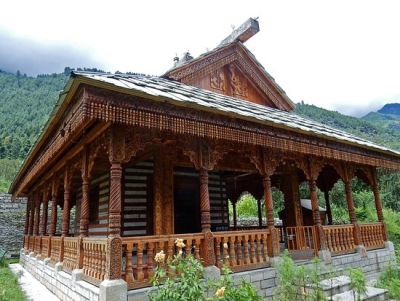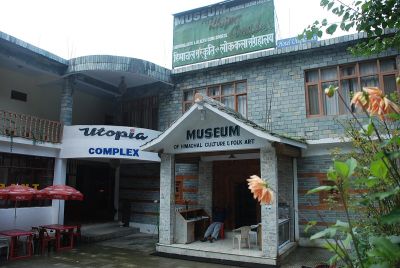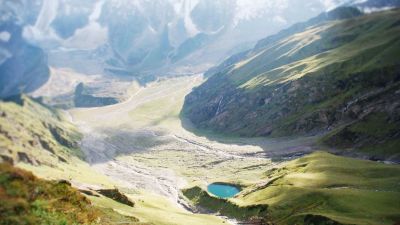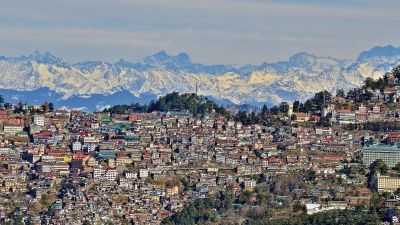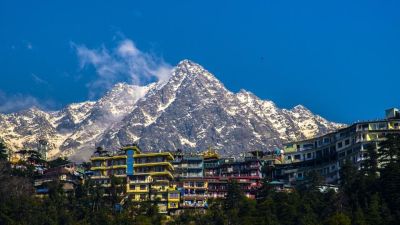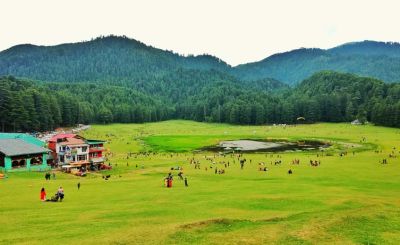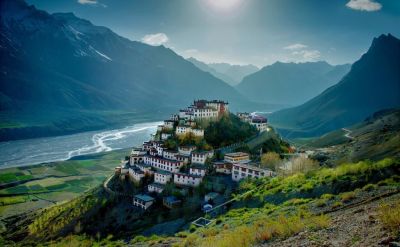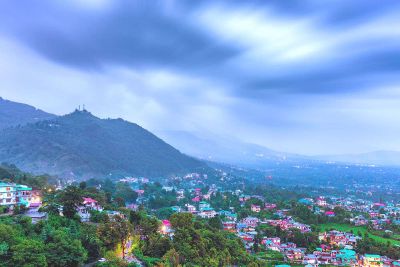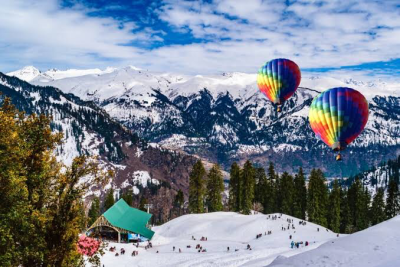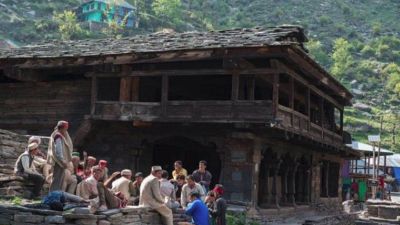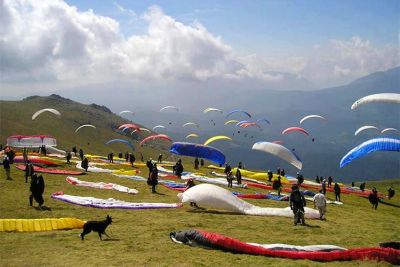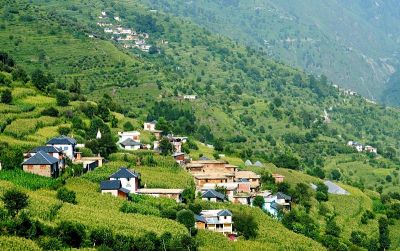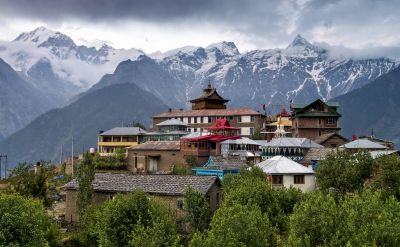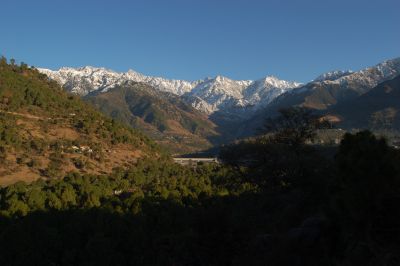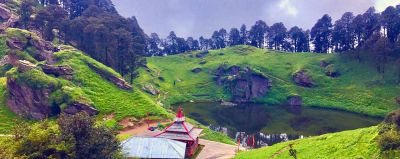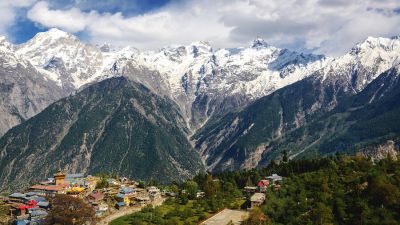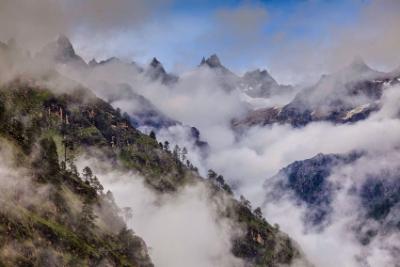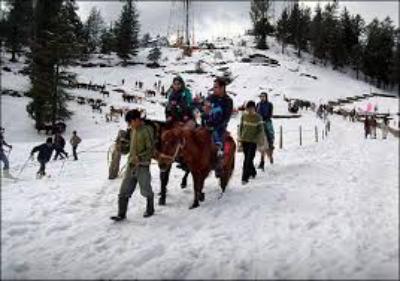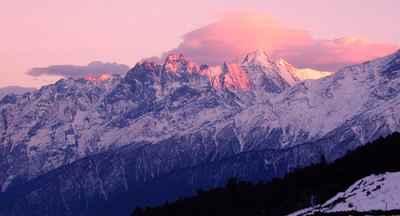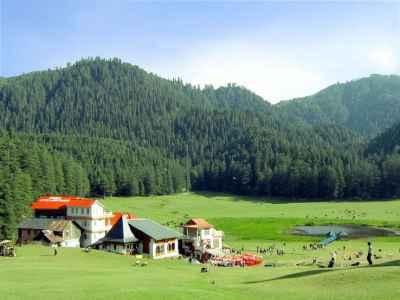Introduction to Vashisht Baths
Nestled in the quaint village of Vashisht, just a few kilometers from the bustling town of Manali in Himachal Pradesh, India, are the famed Vashisht Baths. Steeped in mythological roots, these natural hot springs are believed to have medicinal properties and have been a place of pilgrimage and healing for centuries.
Historical Significance
The history of the Vashisht Baths is intertwined with the legends of the sage Vashisht, one of the seven great sages (Saptarishis) of Hindu mythology. It is said that the sage used to meditate by the banks of the meandering Beas River, and the hot springs at Vashisht emerged from the ground to provide him and his disciples a sacred space for bathing and purification rituals. The baths have since become a spiritual haven with a temple dedicated to Sage Vashisht nearby, further solidifying their religious importance.
Development of Tourism
While the Vashisht Baths have been known to the locals and pilgrims for thousands of years, it was during the British colonial period in the 19th century that Manali began gaining popularity as a summer retreat among British officials. As the quaint valley town's reputation spread, so too did interest in the hot springs of Vashisht. Over the decades, the government and local community have developed facilities to accommodate the growing number of visitors seeking the therapeutic waters.
The Rise in Popularity
In recent years, the Vashisht Baths have gained international fame, drawing tourists from around the world. The rise in adventure tourism in Manali, coupled with the global interest in wellness and natural therapies, has brought the baths to the forefront as a must-visit destination for those traveling in the region.
Latest Tourism Trends
With the increasing demand for sustainable and experiential travel, the tourism around Vashisht Baths has seen a shift towards more eco-friendly practices. Homestays and local guides have become popular as travelers seek authentic experiences and deeper cultural immersion. Additionally, the pandemic saw a rise in domestic tourism with more Indians exploring their own country and rediscovering the therapeutic charm of the Vashisht Baths.
Looking Ahead
The future of tourism in Vashisht continues to evolve, with the region balancing the need for preservation with the benefits of economic development. Discussions on responsible tourism and conservation efforts are more prevalent, ensuring that the legacy of the Vashisht Baths continues for generations to come. As the world begins to travel again post-pandemic, the baths remain a sanctuary of wellness and spiritual well-being, holding a special place in the heart of Manali's history and its visitors.
